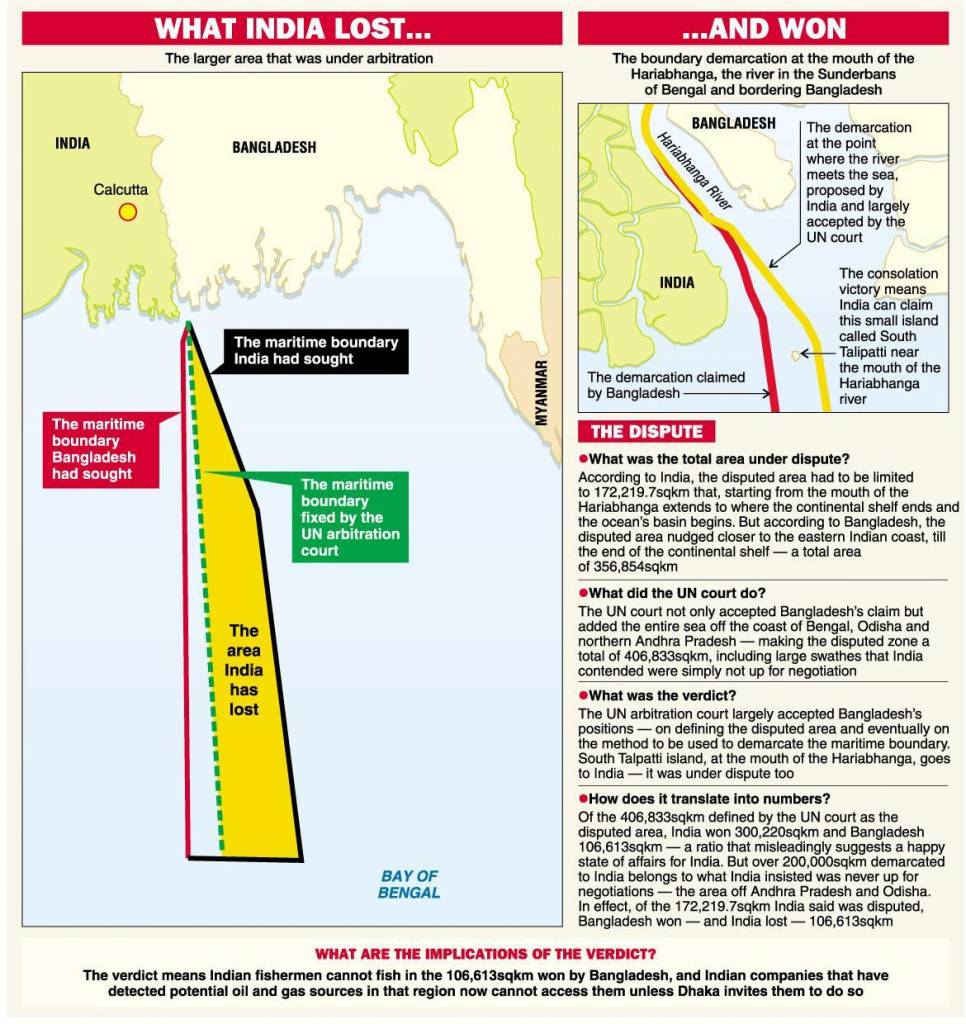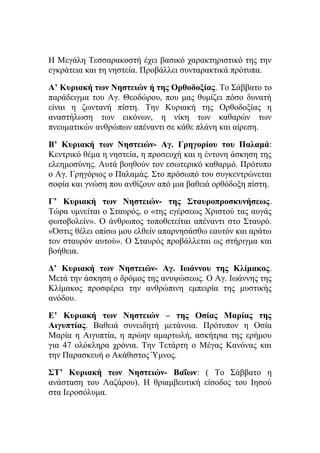Understanding India's Decision To Restrict Imports From Bangladesh

Table of Contents
The Surge in Specific Bangladeshi Imports and its Impact on Indian Industries
The recent increase in India's import restrictions on Bangladesh has targeted specific product categories, primarily textiles, garments, and certain agricultural products. This surge in Bangladeshi imports, fueled by its competitive pricing and growing manufacturing capacity, has significantly impacted several Indian industries. The influx of cheaper goods has intensified competition, leading to concerns about job displacement and the viability of domestic players.
- Affected Indian Industries: The Indian textile industry, particularly cotton and jute producers, has felt the most pressure. Domestic agricultural producers of competing goods have also faced challenges.
- Import Volume and Market Share: While precise figures fluctuate, reports indicate a notable increase in the market share captured by Bangladeshi goods in several sectors within the Indian market, threatening the competitiveness of Indian manufacturers.
- Concerns: Beyond price competition, concerns have also emerged regarding quality control and adherence to labor standards in some Bangladeshi industries. This has further fueled the debate surrounding India's import policies.
Non-Tariff Barriers and Protectionist Measures
India's approach to regulating imports from Bangladesh isn't solely based on tariffs. The country has increasingly utilized non-tariff barriers (NTBs) to control the flow of goods. These NTBs act as indirect trade restrictions and have played a significant role in shaping India's import restrictions on Bangladesh.
- Examples of NTBs:
- Increased Customs Duties: While not always drastic, incremental increases in customs duties on specific Bangladeshi products add to their overall cost.
- Lengthy Customs Clearance Procedures: Deliberately slow and complex customs procedures increase the time and cost associated with importing Bangladeshi goods.
- Stringent Sanitary and Phytosanitary Standards: Stricter requirements regarding food safety and product quality standards create hurdles for Bangladeshi exporters. This often necessitates expensive upgrades to meet these standards.
- Protectionist Policies: These measures are indicative of protectionist policies aimed at safeguarding domestic industries from foreign competition. The government seeks to protect its own producers and create a more favorable environment for them.
Geopolitical Factors and Regional Dynamics
The situation is further complicated by geopolitical considerations. India's relationship with other trading partners, particularly China, and its regional ambitions influence its trade policies with Bangladesh.
- Regional Influence: India's trade relationship with Bangladesh is not solely an economic matter; it is also significantly shaped by geopolitical considerations and power dynamics within the South Asian region.
- Competition and Cooperation: The complex interplay between cooperation and competition in the region influences India's approach toward its neighbors, including its trade policies.
- SAARC Implications: The implications for the South Asian Association for Regional Cooperation (SAARC) are considerable. Trade restrictions undermine the principles of regional cooperation and integration.
The Economic Repercussions for Bangladesh
India's import restrictions on Bangladesh have significant economic repercussions for the latter. Loss of export markets, job losses, and slower GDP growth are all potential consequences.
- Impact on Export-Oriented Industries: Bangladesh's economy heavily relies on exports, and restrictions imposed by India directly affect its export-oriented industries.
- Social and Political Unrest: Job losses resulting from reduced exports can lead to social and political instability within Bangladesh.
- Economic Diversification: Bangladesh is actively seeking to diversify its export markets and reduce its reliance on any single trading partner, a strategy necessitated by these trade tensions. This highlights the urgent need for economic diversification.
Conclusion: Navigating the Future of India-Bangladesh Trade Relations
In summary, India's import restrictions on Bangladesh stem from a combination of factors: a surge in competitive Bangladeshi imports impacting domestic Indian industries, the strategic use of non-tariff barriers, and the broader geopolitical context. These restrictions negatively impact both economies, potentially increasing trade tensions. For a sustainable future, both nations need open dialogue, improved transparency in trade policies, and a commitment to fair competition. Understanding India's import restrictions on Bangladesh requires ongoing analysis. Let's continue the discussion on finding sustainable solutions for a balanced and mutually beneficial trade relationship.

Featured Posts
-
 Instalaciones Del Cne Blindadas Por La Policia Nacional En La Capital
May 19, 2025
Instalaciones Del Cne Blindadas Por La Policia Nacional En La Capital
May 19, 2025 -
 The Impact Of The Trump Order On Libraries Across The Nation
May 19, 2025
The Impact Of The Trump Order On Libraries Across The Nation
May 19, 2025 -
 I Anastasi Toy Lazaroy Mnimeia Kai Paradosi Sta Ierosolyma
May 19, 2025
I Anastasi Toy Lazaroy Mnimeia Kai Paradosi Sta Ierosolyma
May 19, 2025 -
 Kibris Ta Sehitlerimiz Fatih Erbakandan Oenemli Aciklama
May 19, 2025
Kibris Ta Sehitlerimiz Fatih Erbakandan Oenemli Aciklama
May 19, 2025 -
 Hollywoods Transformation Kristen Stewarts Influence
May 19, 2025
Hollywoods Transformation Kristen Stewarts Influence
May 19, 2025
